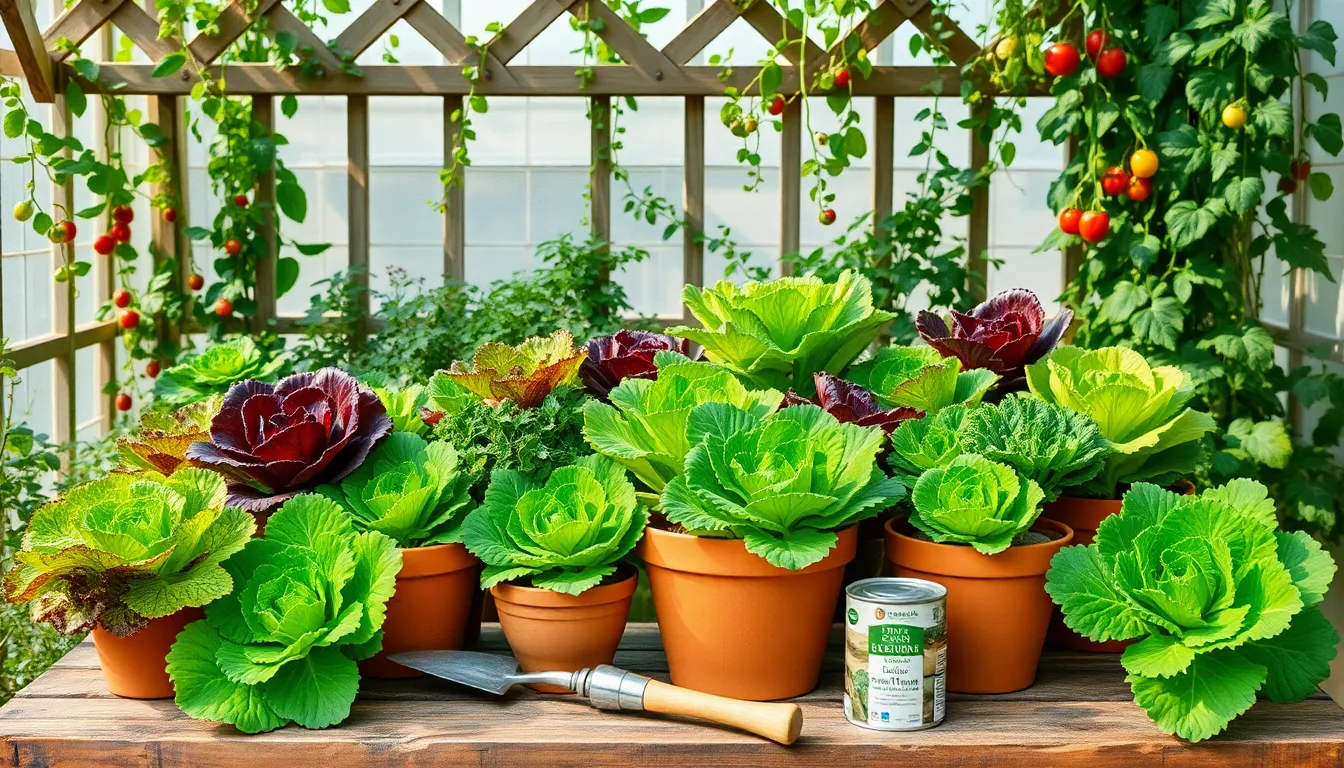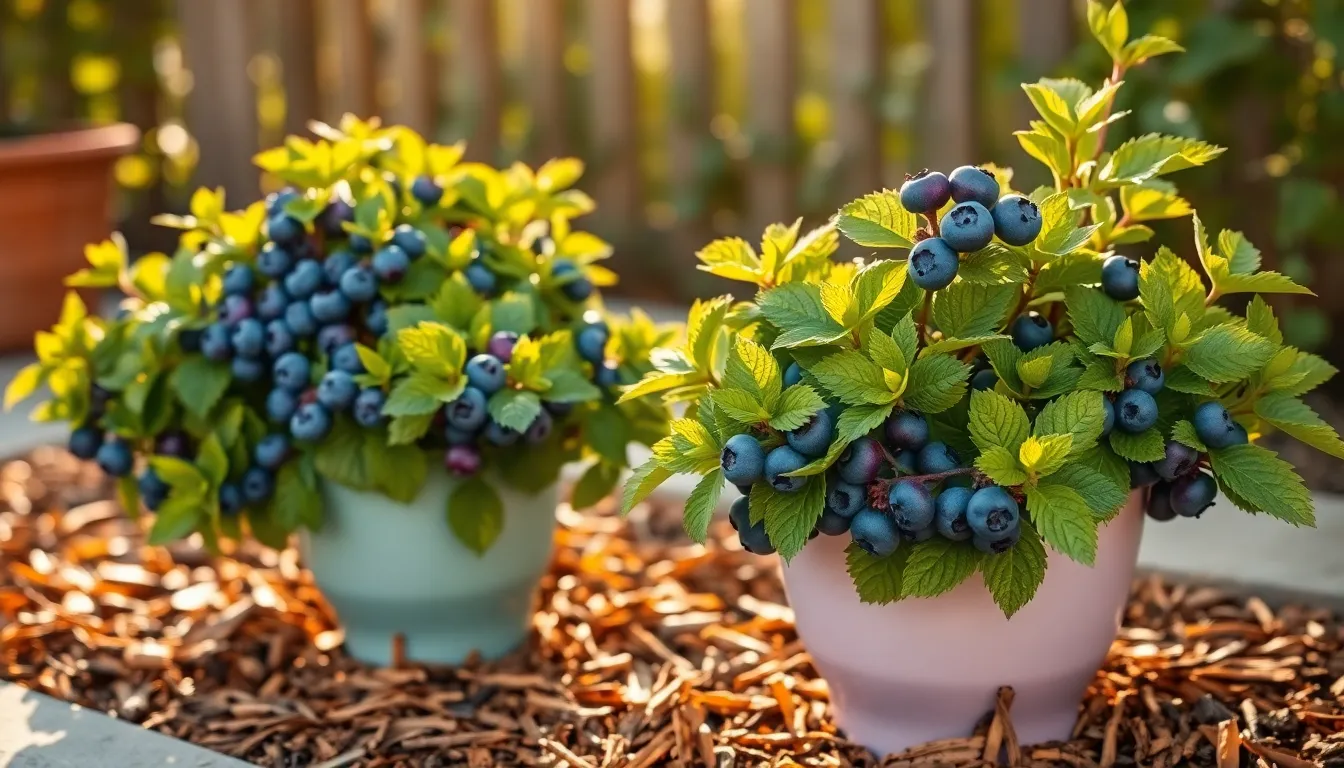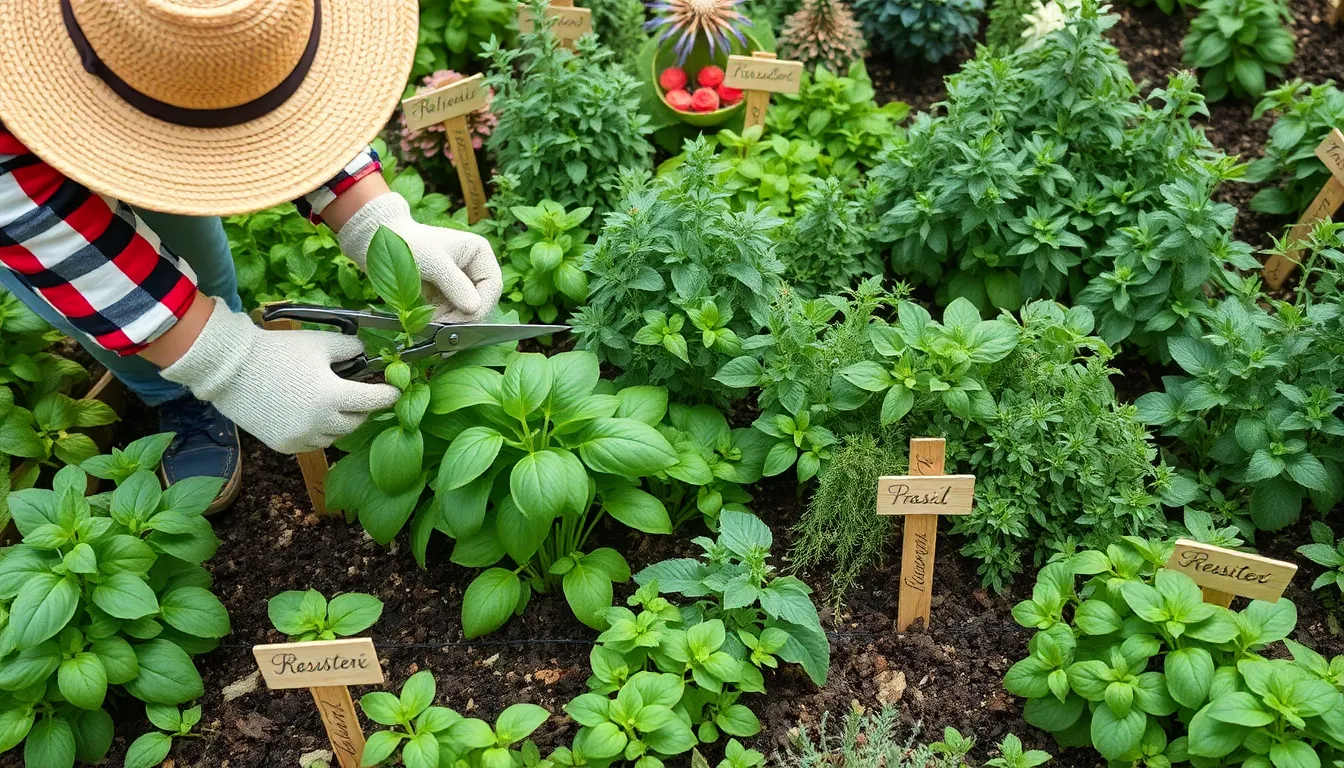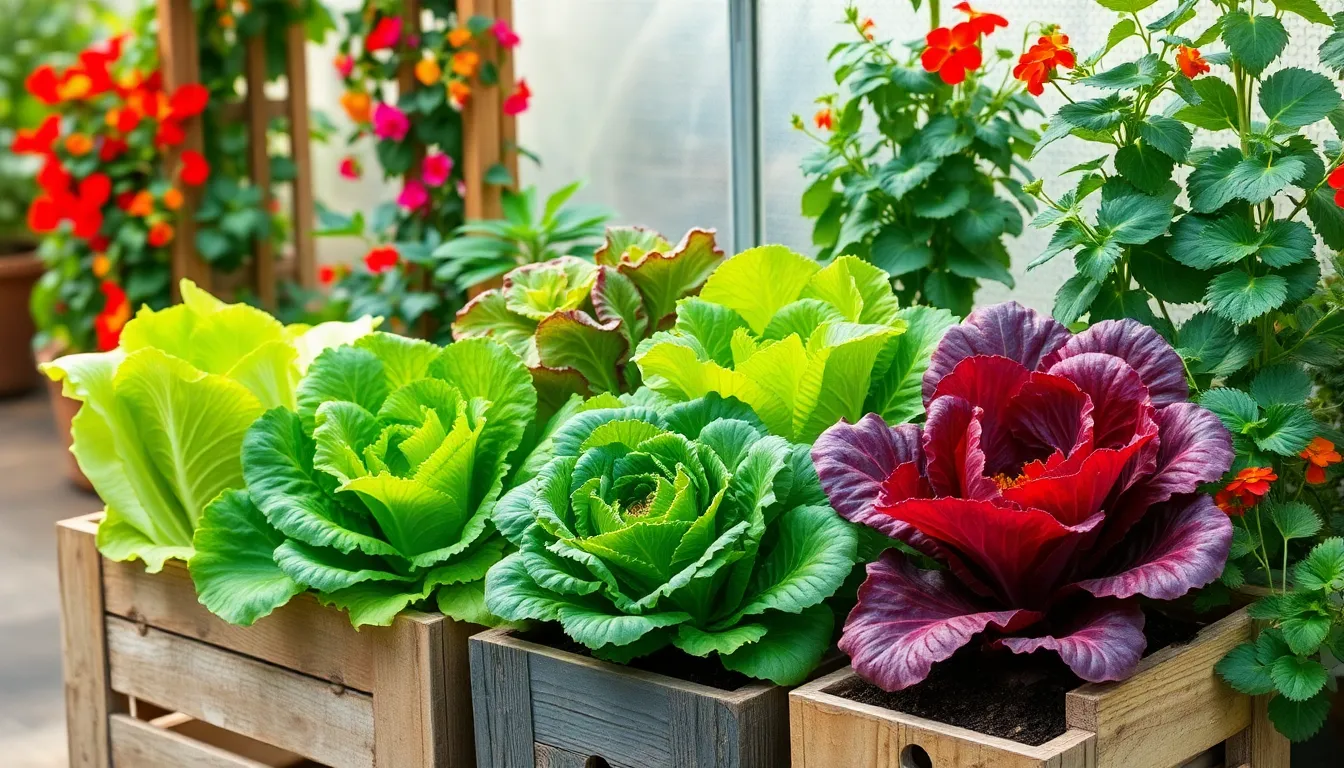Imagine stepping out onto your balcony or patio to pluck fresh, crisp lettuce leaves for tonight’s dinner salad. Whether you’re a seasoned gardener looking to maximize your urban space or a novice eager to dip your toes into the world of container gardening, growing lettuce in containers offers a rewarding and remarkably simple experience. This method not only provides a steady supply of nutritious greens but also transforms small spaces into thriving, green havens.
Lettuce is a versatile and forgiving plant, making it perfect for gardeners of all skill levels. In this article, you’ll discover everything from selecting the right container and soil mix to understanding the nuances of watering and sunlight needs. These tips ensure your container-grown lettuce will flourish, offering layers of taste and texture to your meals. Prepare to embark on a gardening journey that brings the joy of fresh produce right to your doorstep.
Choosing the Ideal Container
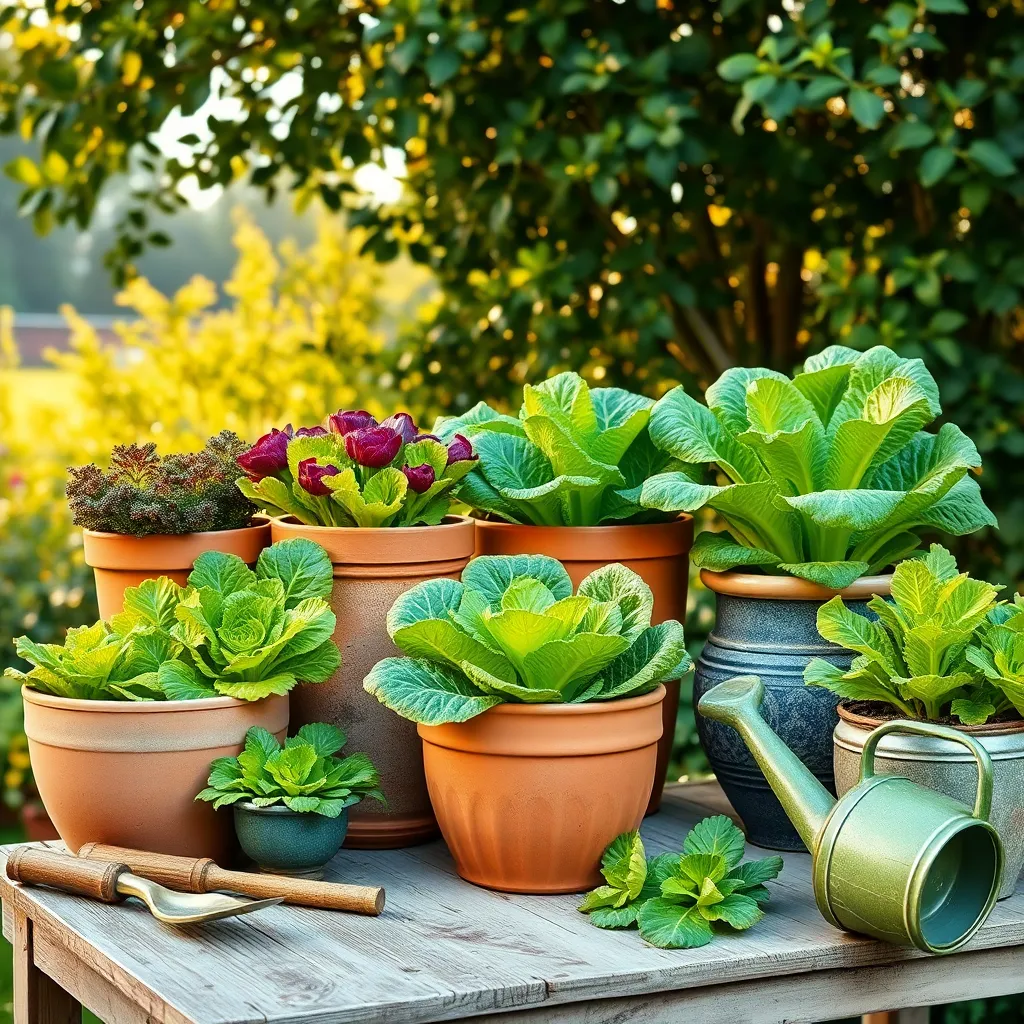
When selecting a container for growing lettuce, the first consideration is size. Choose a container that is at least 6 inches deep to accommodate the roots while ensuring it has proper drainage holes to prevent waterlogging.
Material also plays a crucial role in container choice. Opt for lightweight options like plastic or fabric pots if you plan to move them frequently, whereas clay or ceramic pots offer more stability but can be heavier.
For beginners, starting with a single pot can make management easier, but advanced gardeners might experiment with tiered or vertical systems to maximize space. These systems allow for multiple layers of growth, making efficient use of limited areas like balconies or small patios.
Regardless of the container chosen, always use a good quality potting mix formulated for vegetables, as it ensures optimal nutrient and moisture retention. Mixing in some perlite or vermiculite can further enhance drainage and prevent root rot.
Preparing Potting Mix for Lettuce
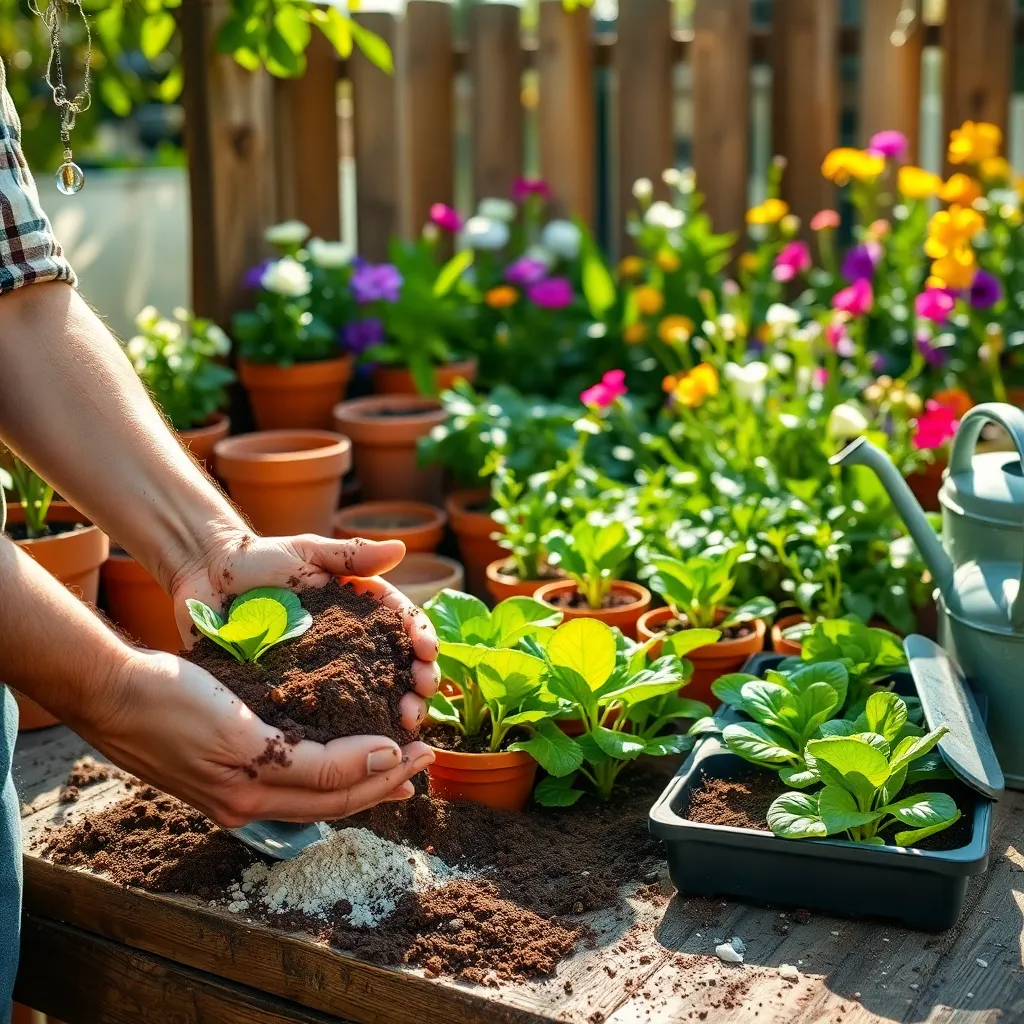
When preparing a potting mix for lettuce in containers, it’s essential to focus on creating a light and well-draining environment. A basic mix might include equal parts of peat moss, perlite, and vermiculite, providing the necessary balance of moisture retention and drainage.
To enhance the nutrient content of your potting mix, consider adding a slow-release organic fertilizer. This ensures that your lettuce plants receive a steady supply of nutrients as they grow, promoting healthy foliage and faster maturation.
It’s crucial to maintain the right pH level in your potting mix, ideally between 6.0 and 7.0. You can test the pH using a simple soil testing kit, and adjust it with lime to raise the pH or sulfur to lower it if needed.
For gardeners looking to optimize their lettuce growth, adding a small amount of compost can greatly enhance microbial activity in the soil. This not only improves soil structure but also aids in nutrient uptake, resulting in lush, vibrant lettuce leaves.
Planting Lettuce Seeds Properly
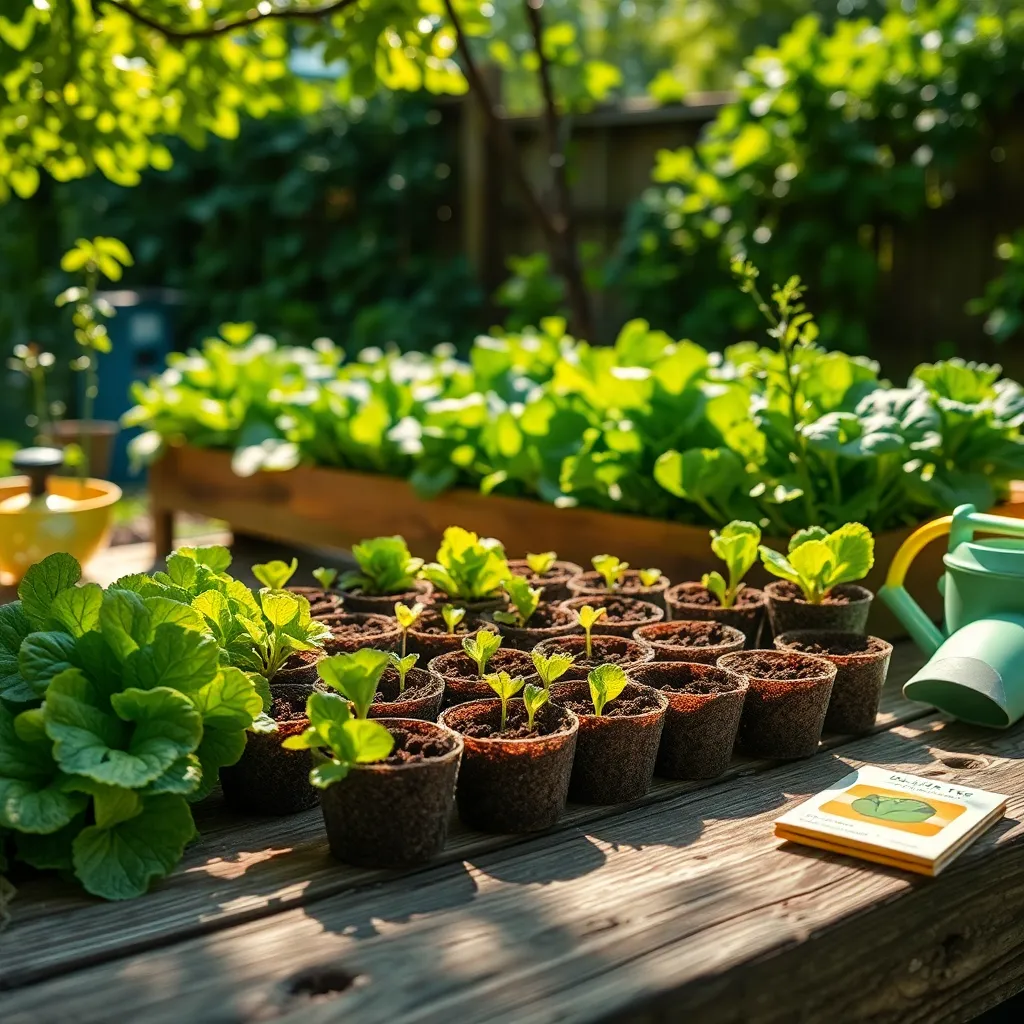
Once you’ve prepared your potting mix, it’s time to plant your lettuce seeds. Begin by filling your container with the potting mix, leaving about an inch of space from the top to prevent soil from spilling over when watering.
When sowing the seeds, sprinkle them evenly over the surface of the soil. For best results, space seeds about half an inch apart to ensure they have room to grow without overcrowding.
After scattering the seeds, cover them lightly with a thin layer of potting mix or vermiculite. This helps to retain moisture and provides a good base for the seeds to germinate.
Water the seeds gently using a spray bottle or a watering can with a fine rose attachment, ensuring the soil is moist but not waterlogged. Lettuce seeds require consistent moisture to germinate properly, so check the soil daily and water if the top layer feels dry.
Place the container in a location where it will receive indirect sunlight, such as a south-facing windowsill or a place that gets bright, filtered light. Lettuce seeds prefer cooler temperatures, ideally between 60-70°F (15-21°C), to germinate successfully.
For gardeners looking to optimize growth, consider using a seedling heat mat to maintain consistent soil temperature, especially if your environment fluctuates. This can help accelerate germination and lead to quicker plant establishment.
Optimizing Light and Temperature
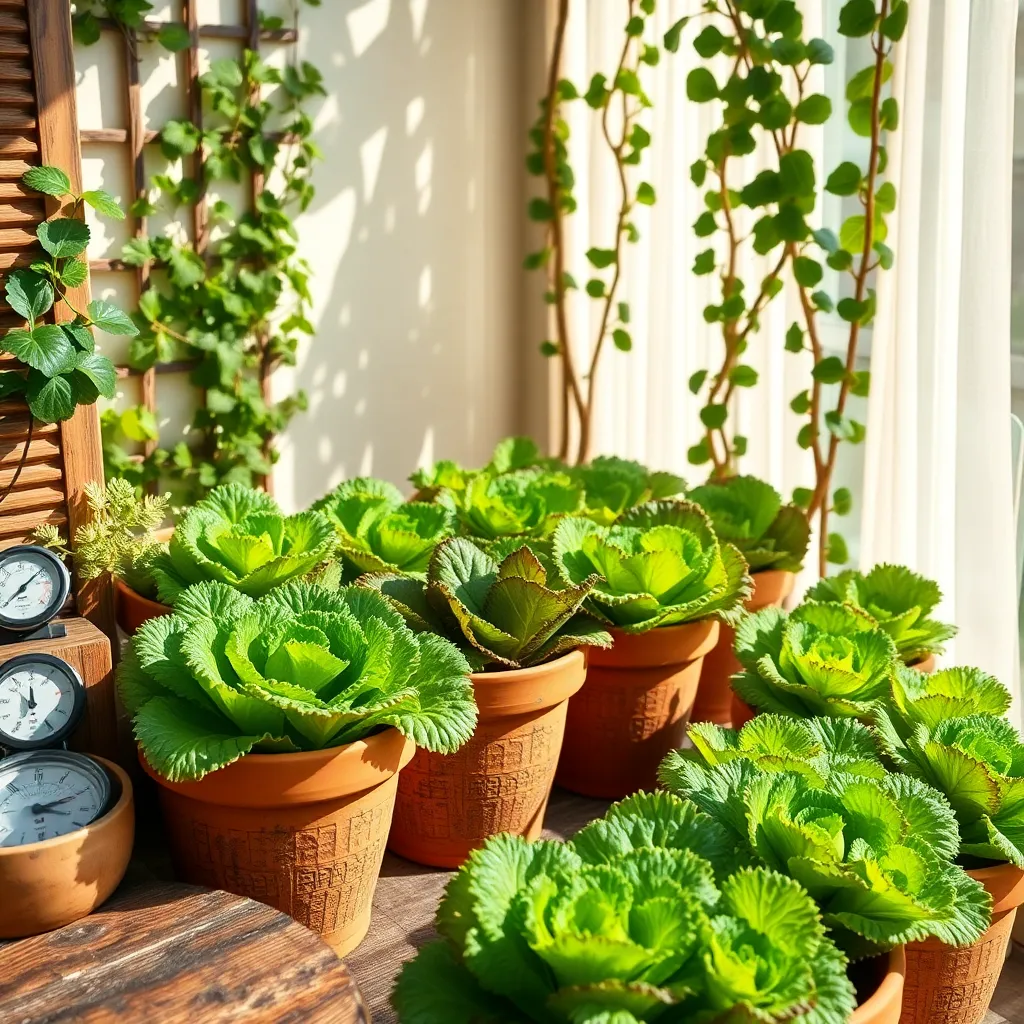
When growing lettuce in containers, optimizing light and temperature is crucial for healthy growth. Lettuce thrives in cooler temperatures, ideally between 60-70°F (15-21°C), which helps produce crisp and tender leaves.
Place your container in a location that receives 4-6 hours of direct sunlight daily, as lettuce requires ample light to photosynthesize effectively. If natural light is insufficient, consider using a grow light to supplement the available light, ensuring it is positioned 2-4 inches above the plants.
It’s important to monitor the temperature closely, especially if you’re growing lettuce indoors or in a greenhouse. On particularly hot days, move containers to a shaded area or use a shade cloth to prevent overheating and bolting, where the plant prematurely flowers and sets seed.
For those living in warmer climates, choosing heat-tolerant lettuce varieties can be beneficial. Varieties like ‘Buttercrunch’ or ‘Romaine’ are known for their resilience to warmer temperatures, thus extending your growing season without compromising quality.
Managing Pests and Diseases
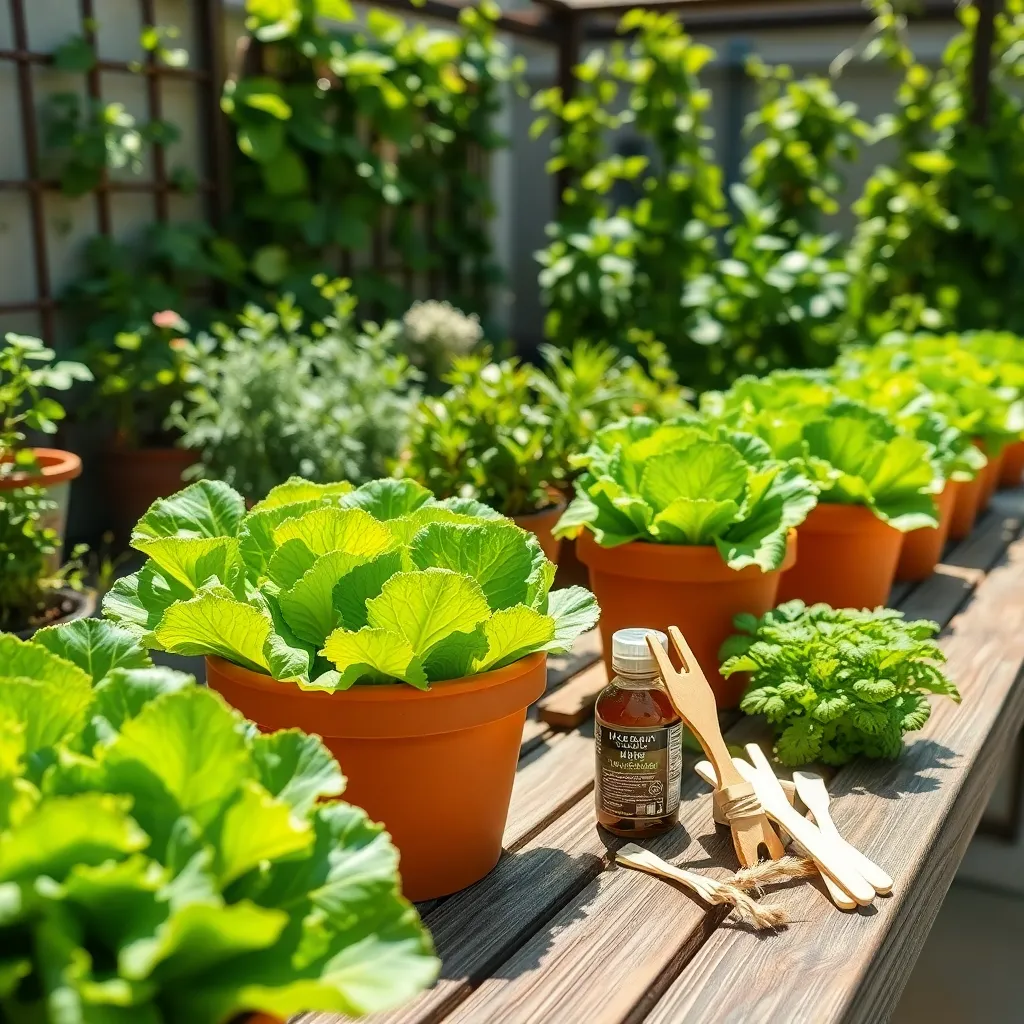
When growing lettuce in containers, managing pests and diseases effectively is crucial to ensure a healthy harvest. One of the most common pests you might encounter are aphids, which can be controlled by spraying the leaves with a mixture of water and a few drops of dish soap.
Another common issue is slugs and snails, which can quickly damage your lettuce plants. To deter these pests, consider placing crushed eggshells or copper tape around the rim of your container, creating a barrier they dislike crossing.
Fungal diseases like downy mildew can also affect lettuce, especially in humid conditions. Ensure your plants have good air circulation by spacing them adequately and removing any yellowing leaves promptly.
Regularly inspect your lettuce for signs of disease or pests, as early detection is key to effective management. If you notice any unusual spots or deformities, remove affected parts immediately to prevent spread.
For an organic approach to pest control, introduce beneficial insects like ladybugs or lacewings to your garden. These natural predators can help keep pest populations under control without the need for chemical pesticides.
Finally, maintaining healthy soil in your containers can prevent many issues from arising. Use a well-draining potting mix and consider adding compost to provide essential nutrients, ensuring your lettuce stays robust and less susceptible to pests and diseases.
Conclusion: Growing Success with These Plants
In exploring the relationship dynamics between successful container gardening and nurturing personal connections, we’ve uncovered five key concepts: the importance of choosing the right environment, the value of consistent nurturing, the need for patience and time, the benefit of adaptation and flexibility, and the power of collaboration and shared experiences. Just as lettuce thrives in the right conditions, relationships flourish when these elements are present.
To take immediate action, consider applying these principles by dedicating time this week to nurture one specific aspect of your relationship, whether it’s a heartfelt conversation or planning a shared activity. This small but significant step can lead to a deeper, more fulfilling connection.
Remember, relationships, like gardens, require ongoing attention and care. Bookmark this article as a handy reference to guide you through the nuances of relationship cultivation. By doing so, you’ll have a valuable resource at your fingertips whenever you need a reminder or a bit of inspiration.
Looking ahead, embracing these concepts can set the foundation for lasting relationship success. With dedication and love, your relationships can grow and flourish, much like a well-tended garden in full bloom.

